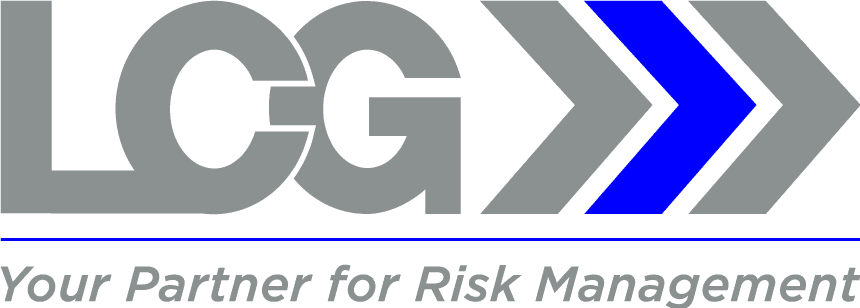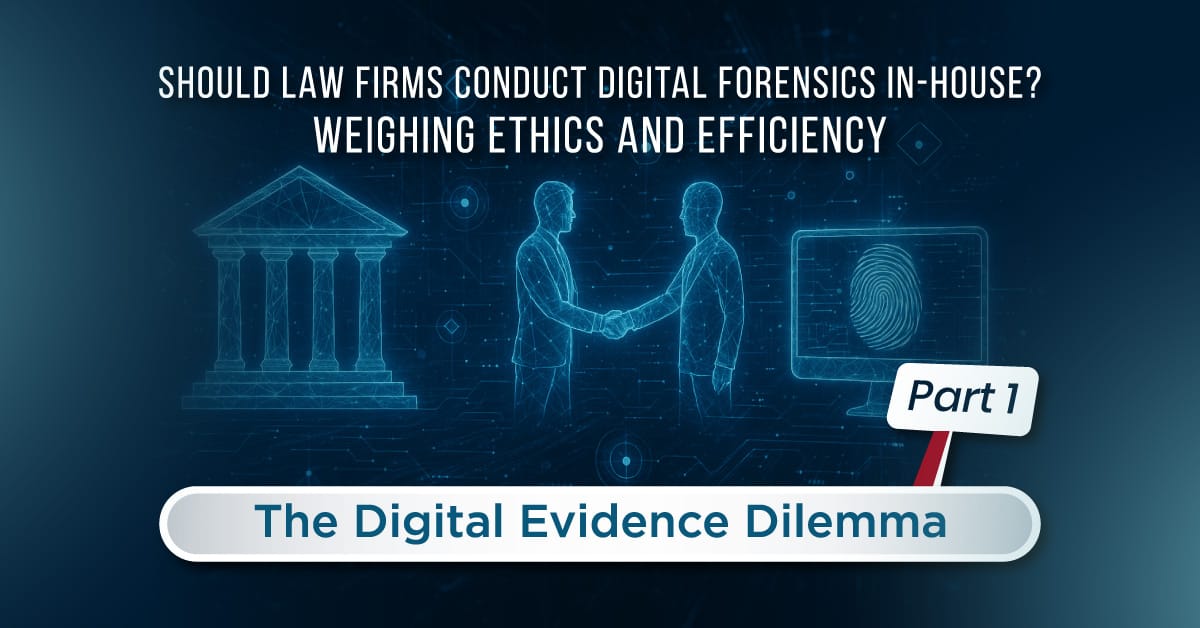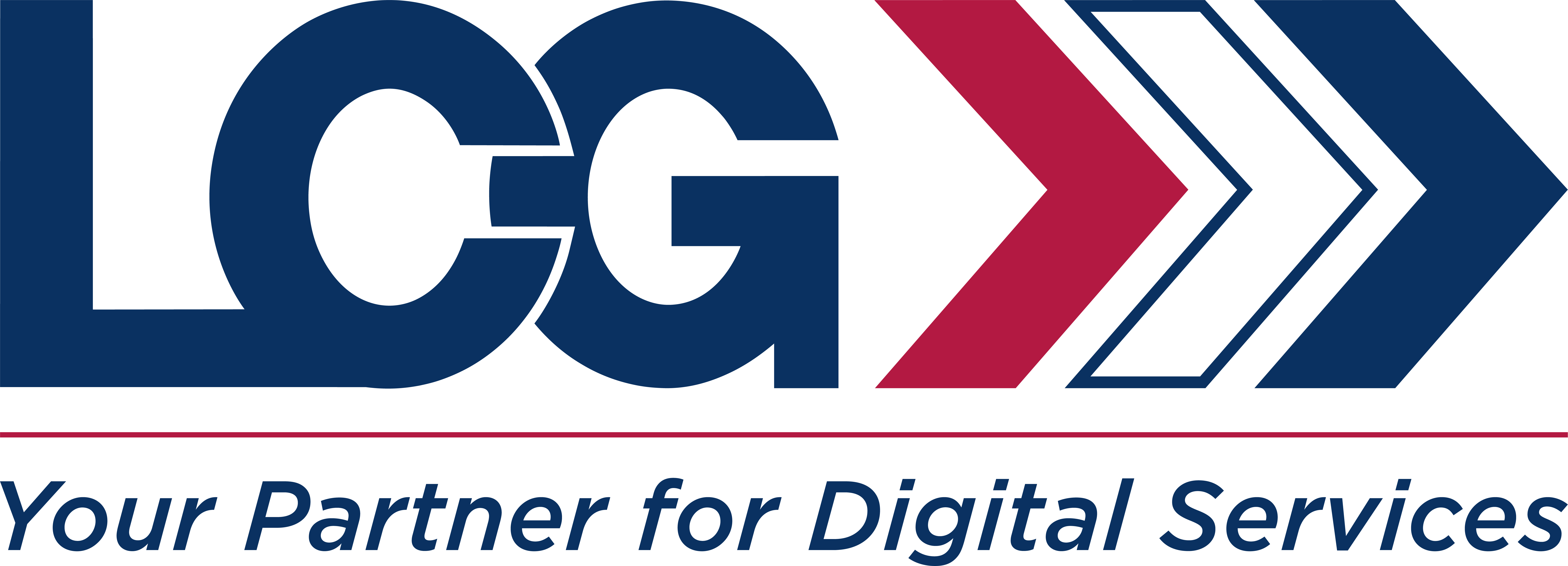Contributed by Ken G. Tisdel, President, CEO, & Founder of LCG, Former Forensic Examiner and Expert Witness
Introduction: The Digital Evidence Dilemma
In today’s legal landscape, digital evidence is no longer a niche concern; it is a cornerstone of modern litigation. Whether it’s emails, text messages, cloud storage artifacts, or metadata from mobile devices, digital forensics has reshaped how lawyers investigate claims, defend clients, and argue cases. Yet as digital forensics becomes more central to legal success, a critical question has emerged: Should law firms build internal capabilities to conduct forensic analysis, or should they rely on third-party specialists?
This two-part blog series explores the ethical, fiscal, and results-driven tradeoffs between conducting digital forensic analysis in-house versus hiring external experts. In this first part, we focus on the ethical obligations, cost considerations, and internal resource realities law firms face when deciding whether to internalize forensic work.
I. The Ethical Imperative: Protecting Justice and Client Interests
Digital forensics sits at the intersection of technology, law, and ethics. When done correctly, it ensures that evidence is preserved, analyzed, and presented with integrity. When done poorly, it can jeopardize an entire case.
For law firms, the ethical obligation to protect clients extends beyond good legal argument. It includes safeguarding the accuracy and admissibility of digital evidence. This is particularly critical in light of legal frameworks such as the Federal Rules of Evidence (FRE 702), the Daubert and Frye standards, and the Federal Rules of Civil Procedure (FRCP 26 & 34).
- Admissibility Under Scrutiny
Courts have increasingly scrutinized expert testimony under FRE 702, requiring that it be grounded in “reliable principles and methods” that are “reliably applied to the facts of the case.” Under the Daubert standard, judges act as gatekeepers, evaluating whether forensic methods are scientifically valid. If in-house personnel lack the requisite forensic training or rely on non-validated tools, their work may be excluded, even if their findings are technically correct.
- Chain of Custody and Risk of Contamination
Ethical practice in digital forensics also hinges on maintaining a strict chain of custody. Every interaction with digital evidence must be documented and reproducible. Internal legal or IT teams who are not trained in these protocols may inadvertently contaminate evidence, rendering it inadmissible. Worse yet, they may fail to preserve critical metadata that could prove a client’s innocence or support a legal claim.
- Ethical Responsibility and Professional Competence
Attorneys are bound by professional standards of competence under ABA Model Rule 1.1. Increasingly, competence is understood to include a basic knowledge of technology and its impact on legal practice. However, there is a line between technological literacy and specialized forensic competence. Attempting forensic work without proper expertise can violate not just ethical standards but potentially malpractice thresholds.
II. The Fiscal Reality: Are Cost Savings Real or Illusory?
On the surface, building in-house forensic capabilities appears fiscally attractive. Avoiding vendor fees, streamlining workflows, and centralizing control all suggest cost efficiency. However, these assumptions often collapse under scrutiny.
- The Hidden Costs of In-House Capabilities
Effective digital forensics requires more than software and personnel. It involves a significant investment in:
- Validated forensic tools that meet legal admissibility standards
- Secure forensic labs with write blockers, chain-of-custody tracking, and evidence storage
- Ongoing training and certification to stay current with technological advancements
- Liability insurance and legal defense preparedness in case of disputes
These infrastructure and maintenance costs quickly dwarf the expenses of hiring a third-party forensic firm for individual matters.
- Litigation Insurance and Cost-Conscious Decision Making
Insurance policies increasingly influence how legal teams select forensic services. Many litigation insurance providers prioritize cost control, but that does not mean they advocate for do-it-yourself solutions. In fact, cost-focused decisions that lead to adverse outcomes can trigger exclusions or higher premiums.
Selecting a reputable third-party provider demonstrates diligence, reducing the risk of claims against a firm for mishandled evidence. It also provides insurers with confidence that the forensic process meets industry norms and legal standards.
- Long-Term Risk Exposure
Poor forensic handling can lead to lost or dismissed cases, client dissatisfaction, and even court sanctions. These are long-term risks that cost far more than any short-term savings. The true fiscal picture must include potential downstream costs such as:
- Re-doing compromised analysis
- Hiring expert witnesses to rehabilitate flawed findings
- Settling cases prematurely due to evidentiary weaknesses
III. Internal Capacity: Are Law Firms Equipped to Meet Forensic Standards?
Even large law firms with dedicated IT departments often lack the specialized infrastructure and knowledge required for digital forensics. While technical staff may be adept at managing enterprise systems or conducting basic data reviews, forensic analysis is a different discipline altogether.
- Tools and Technical Infrastructure
True forensic tools, such as EnCase, FTK, and Cellebrite, are not only expensive but complex. They require certified personnel to operate effectively and ethically. Using non-validated or general-purpose software tools (e.g., basic file recovery programs) opens the door to accusations of impropriety or incompetence.
- Training and Certification Gaps
Forensic professionals typically hold certifications such as Certified Computer Examiner (CCE), Certified Forensic Computer Examiner (CFCE), or GIAC Certified Forensic Analyst (GCFA). These certifications are not incidental; they signal that the analyst understands legal standards, evidentiary protocols, and investigative methodologies.
Without these credentials, in-house staff may struggle to explain their processes under cross-examination. Worse, their testimony may be disqualified entirely.
- Operational Readiness
Digital evidence doesn’t arrive on a fixed schedule. When cases break, legal teams need immediate access to forensic expertise. Maintaining 24/7 readiness internally is expensive and inefficient unless the firm has a consistent, high volume of cases requiring forensic analysis. For most firms, this volume simply doesn’t exist.
Conclusion: Ethical and Fiscal Caution Advised
Law firms must be cautious in assuming that internalizing digital forensics is a strategic advantage. The ethical pitfalls, cost risks, and operational demands make in-house analysis a precarious choice for most legal teams.
To ensure legal defensibility, maintain client trust, and reduce liability exposure, the better path often involves strategic partnerships with qualified third-party forensic firms. These specialists bring not only technical acumen but the credibility and independence that courts and clients increasingly demand.
In next week’s Part 2 of this series, we’ll explore why engaging third-party forensic experts is often the smarter move, offering greater scalability, courtroom credibility, and strategic value that extends far beyond the cost line item. Stay tuned.







